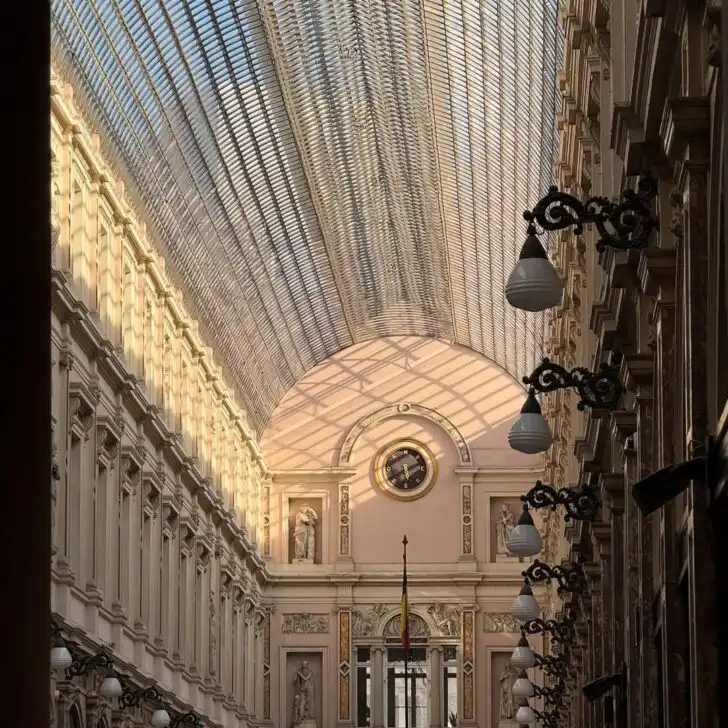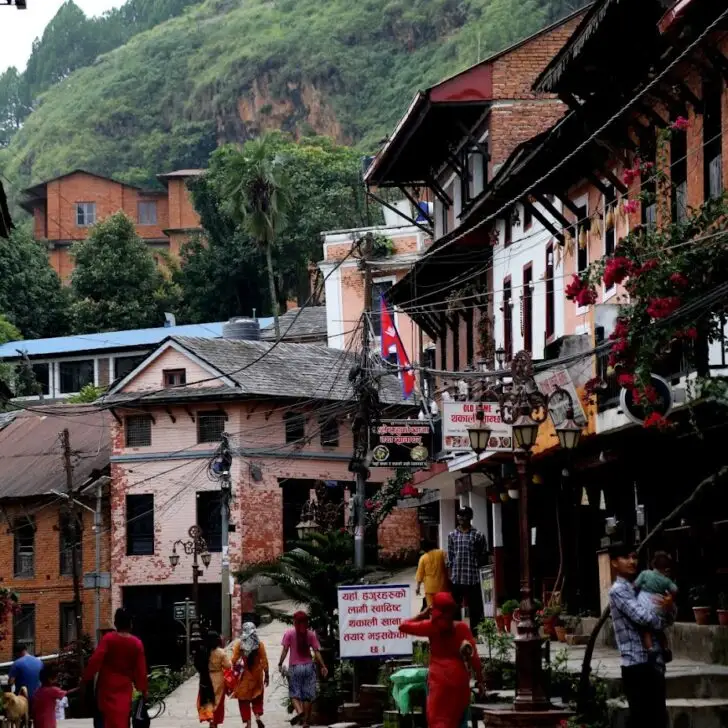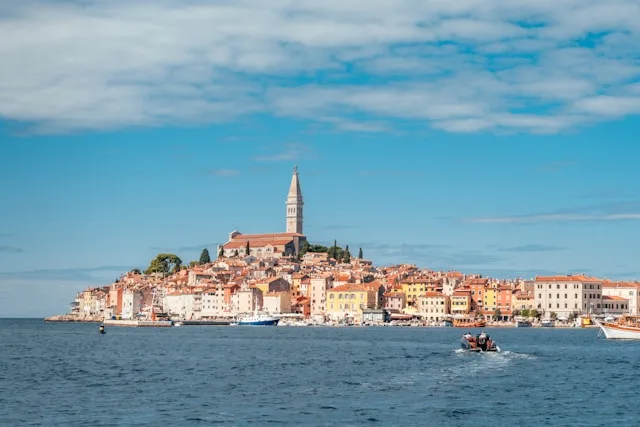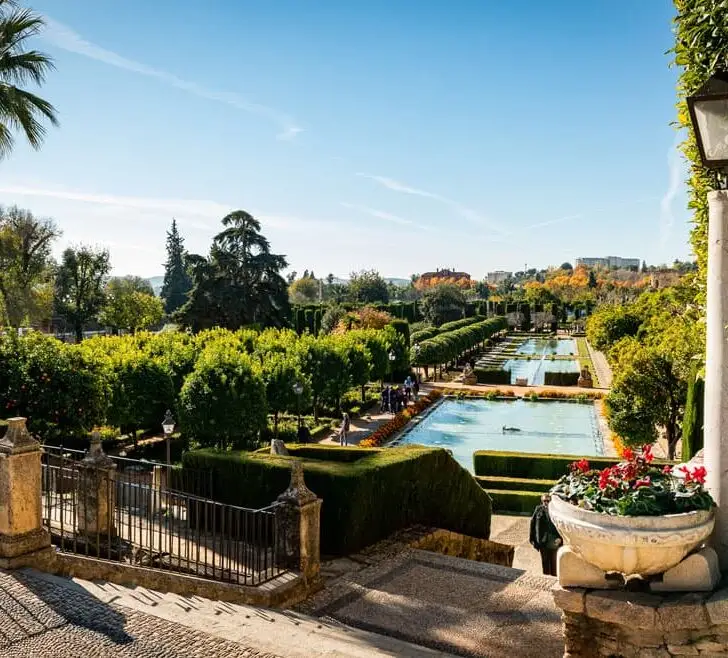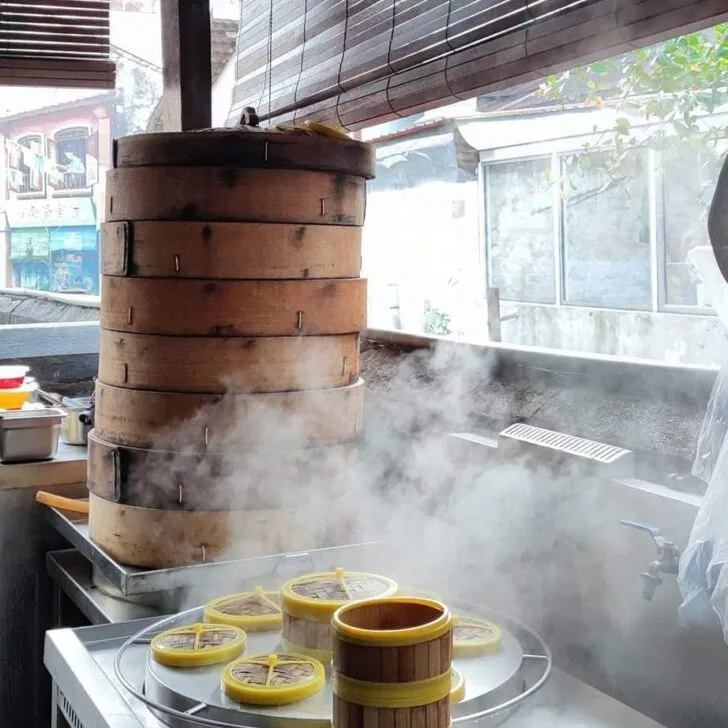We may receive a commission if you make purchases through affiliate links (at no extra cost to you). Read why our approach to travel is different.
Has Vietnam been on your radar for the longest of times, yet you still can’t decide if the North or South is more your glass of cà phê sữa đá? Maybe you plan on exploring both sides of the country but aren’t entirely certain which side to begin with.
Big or small city? Surrounding mountains or oceans? So many questions… I’m the most indecisive person on planet earth, so I get it!
Not to fear our culture vulture friends; I’m going to make it a touch bit easier for you! This Hanoi vs Ho Chi Minh City guide breaks down the basics, from food to traditions to things to do, comparing Hanoi (the North) and Ho Chi Minh City (the South).
Then, you decide which tickles your fancy just that bit more.
Side note: I called Hanoi home for six years, so if I had to pick one, I would say Hanoi over Ho Chi Minh City, but that’s just my own biases. Both cities are very different, and so it truly depends on what you’re after, and the type of traveler that you are. While I usually love a more tropical-feeling place (Saigon), I do prefer smaller cities (Hanoi), so perhaps that’s why.

Planning a multiple-week vacay to Vietnam? It’s such a great choice, and everything is really affordable in comparison to most countries anywhere for that matter. Take advantage of our Two Week Vietnam Itinerary, covering both Hanoi and Saigon. It also includes dreamy locales like Hoi An, as well as Hue.
Skip to...
1. Location
Let’s start with the basics. Where on Earth are Hanoi vs Ho Chi Minh located in the country, and what kind of landscapes can you expect?
Hanoi = North
Hanoi is the capital city of Vietnam. It’s very much city vibes, with not too much nature around. The Red River Delta surrounds it. But it doesn’t have a metropolitan feel to it at all. This makes up half its charm; unlike anywhere I’ve ever been! Northern Vietnam neighbors China by Ha Giang and the Yunnan Highlands.
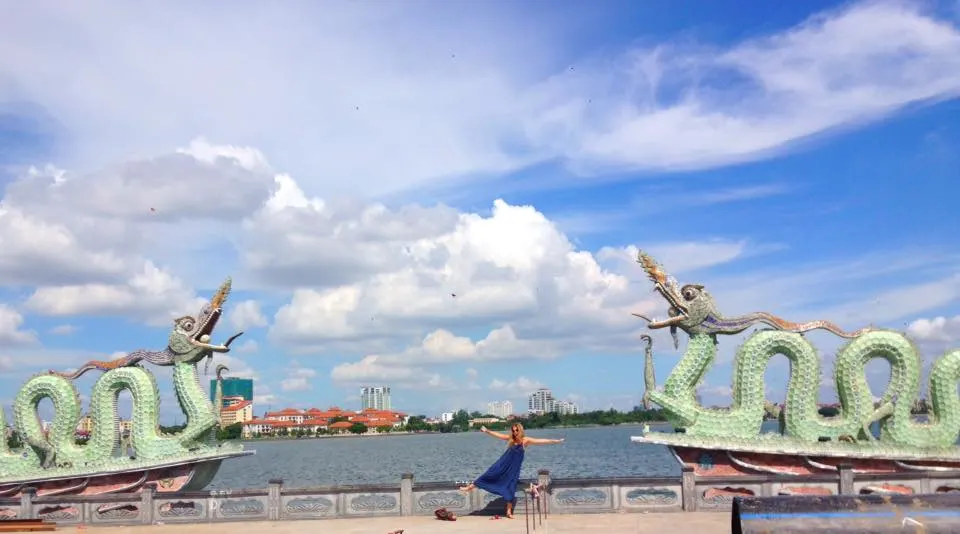
What are the northern landscapes like?
- Plenty of rice fields, typically built as terraces
- Rural countrysides
- Loads of mountains and mountainous regions nearby
- Rivers with limestone karsts, for example, in Ninh Binh.
- Waterfalls
Ho Chi Minh City = South
Ho Chi Minh City was formerly known as Saigon. It’s the biggest city in Vietnam, and not too far from the ocean. Technically it’s in the southern-eastern region. Ho Chi Minh City is very much a cosmopolitan city, kind of like Bangkok.
Sitting on the Saigon River, the Mekong Delta is not far away. Ho Chi Minh City comprises 24 districts — 19 city districts and five suburban areas. Southern Vietnam is bordered by Cambodia. From this border lies the Gulf of Thailand to the south, and Laos to the north.
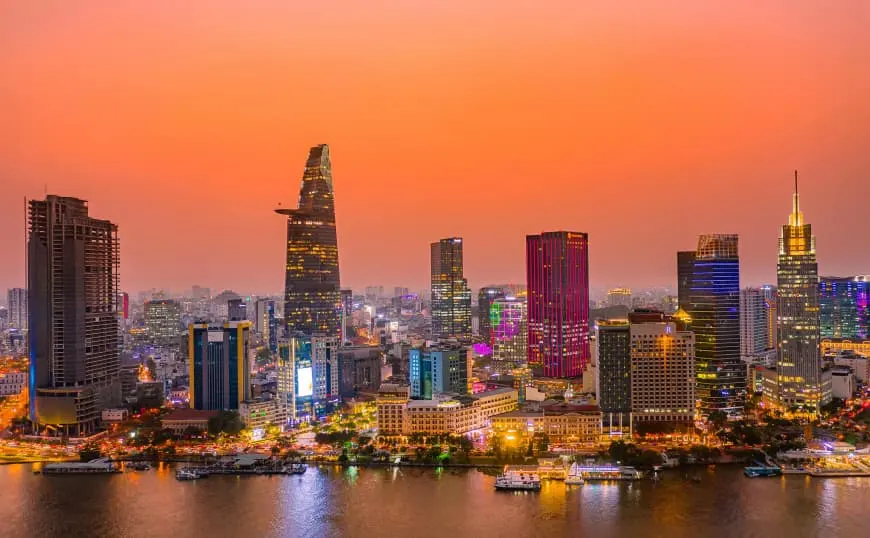
What are the southern landscapes like?
- Rice fields
- Tropical and more jungle-y
- Ocean and beaches
- Mangrove forests
- Wetlands
- River and canals
2. Climate
Hanoi
Hanoi experiences crazy hot summers when it truly feels like a tropical city. It’s sticky and humid, and some days temperatures soar to 38°C (but it honestly feels like 50). However, summertime is monsoon season. Monsoon starts in May and ends in early October, but the heaviest rainfall is in July and August.
For perspective, I once got caught in the scariest rainfall during monsoon. I finished teaching classes at 8 PM, and the city was flooded. The water was so high, it came up to my knees, and I had to ride my motorbike home across the city in this weather. It was one of the scariest days of my life.
Although you wouldn’t think it, wintertime in Hanoi is not cool! Temperatures drop drastically, the sun shines only ever so often, and everything is cold. Winter is from November to February, but it starts cooling down in October until early April.
Average temps sit at about 10°C to 19°C (month dependent). I find December and January the coldest. It’s not like NYC or London where restaurants and homes have internal heating. So you feel cold all the time. It even snowed an hour out of the city back in 2015! Having said that, it’s a magical time to venture to places like Sapa way up north, for this mystical wintery feel.
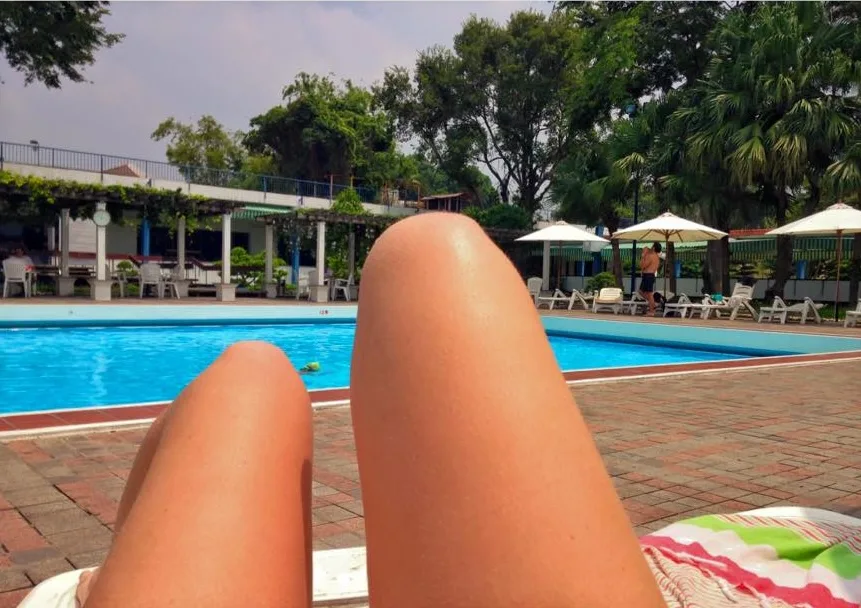
Ho Chi Minh City
On the complete opposite side of the spectrum, HCMC is hot all year round, and is for all lovers of the sun! It always feels tropical, and summertime is sweltering hot! Summer months are the same time as Hanoi, and so is its monsoon period. Interestingly, April is HCMC’s hottest month, and temps reach highs of 40°C+ (but real feel of 45°C). Sometimes, you feel like you can’t breathe, but everywhere has AC, and there are loads of rooftop pools.
It doesn’t technically get a real winter, sort of like cities such as Durban, South Africa, or Phuket, Thailand. Temperatures average 27°C. Winter is also the dry season. Saigon is for all those looking to escape the cold in winter!
3. Culture / History
A quick history lesson before getting too political. Way back when, Vietnam was under French rule. When this period ended, the country was divided into two circa 1954. The North was known as the Democratic Republic of Vietnam, and the South was the Republic of Vietnam. Now technically, the North was a communist state, and the South was capitalist. Then the Vietnam War took place, where the North fought the South, and the USA joined in, siding with Saigon (as it was known then).
After the North won, Saigon was renamed Ho Chi Minh City, and well, the rest is history.
Of course, Vietnam’s history extends way further back beyond this, when it was ruled by dynasties in the early centuries and Hue (in central Vietnam) was actually the Imperial City. But I’d be here all day if I deep-dived into all that. The infamous 20th-century war has still impacted the two cities. Let’s explore this with Hanoi vs Ho Chi Minh City.
Hanoi
In my opinion, Hanoi is a lot more “rural” and feels more uniquely Vietnamese, i.e., not influenced by “Western culture.” Life is still simple, very family-orientated, traditions are strong, and the culture still shows signs of French influence, especially evident in the buildings, for example, around the Old Quarter, as well as the French Quarter. People don’t speak as much English as you’d expect being the capital (the younger generation is the exception). Often, the older Vietnamese folk would speak to me in Vietnamese or French.

The dialect is harsher-sounding in Hanoi than in Saigon, which sounds softer in HCMC. Even a few words are pronounced differently when comparing Hanoi vs Ho Chi Minh City.
Ho Chi Minh City
Ho Chi Minh City is more advanced, and has a more “westernized” vibe to it! Many locals moved to the USA post-war and now often return to their families in HCMC on vacation, so there’s this mix of traditional Vietnamese, but also Vietnamese immigrants (locally known as “Viet Kieu,” i.e., living abroad).
Saigoners are more laid back and open-minded, I would say, and most speak English. It’s no secret that HCMC is wealthier, and people live a more “extravagant” lifestyle. It’s also more modernized compared to Hanoi. Culture is a mix of Vietnamese, Chinese (the whole of District 5 is Chinatown), Japanese, and expats.

4. Food
No matter which part of the country you visit, the food differs. Even common foods like bánh mì are different. One thing they share is that street food is golden.
Hanoi
The cuisine is more meat-heavy (there’s no ocean so any seafood comes from the river, like catfish and river prawns). Popular meats include pork (thịt lợn), duck (con vịt), chicken (gà), and beef (thịt bò) (which is usually buffalo meat).
Chilli and coriander are in everything you eat (I hate both, so I picked this up immediately), as well as loads of pepper and lemongrass. A lot of things are boiled and stir-fried. There are also French influences, as well as Chinese, for example, my van thanh soup (wonton egg noodle soup). Flavors are more subtle, lighter, and balanced.
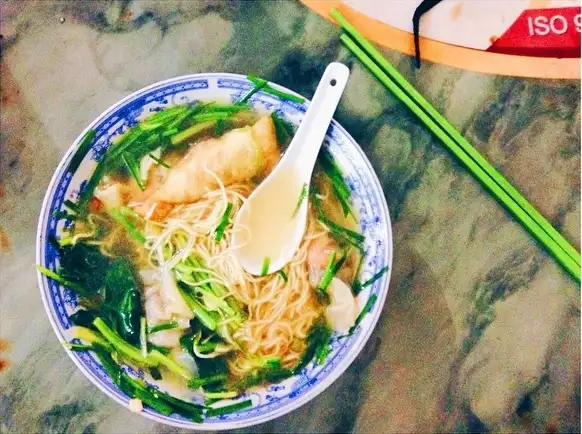
3 traditional Hanoi foods every traveler must try:
- Bún chả
- Thịt kho
- Bo sốt vang
Check out these 11 Must-Try Street Foods in Hanoi!
Ho Chi Minh City
Compared to Hanoi vs Ho Chi Minh City, there’s a lot of seafood featured in HCMC’s cuisine. (I’m all here for it). Common meats are chicken, pork, and beef. Foods are a lot spicier, but are also a lot sweeter, and pack a punch full of flavors! Don’t be surprised to find plenty of fruit used in dishes, as well as coconut milk. Tomato-rich dishes are popular, and I find the food in the south ultra fragrant — almost like Thailand vibes.
Common spices and herbs include lemongrass, basil, ginger, dill, and mint. Steaming, grilling, and braising foods are popular cooking techniques, and there are also Chinese influences in the cuisine, as well as from the Khmer (ancient Cambodia). Lately, Western fusion has become popular, too. I’m personally more of a fan of HCMC’s cuisine.
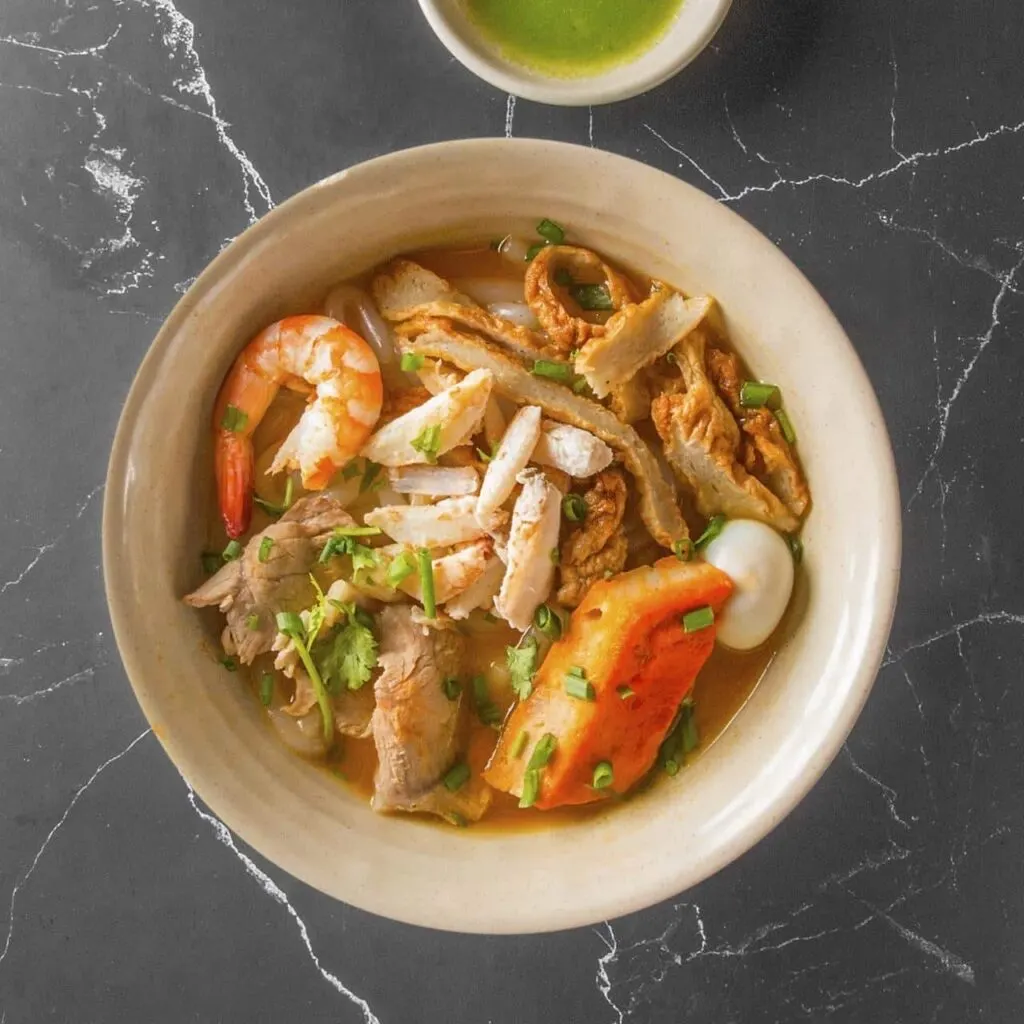
3 traditional Ho Chi Minh City Foods:
- Bánh canh cua
- Bánh tằm bì
- Hủ tiếu Nam Vang
Vegetarian-eaters, check out these 11 Best Vegetarian Restaurants in Ho Chi Minh City
5. General Vibes
This is taken from the complete viewpoint of someone who lived in Vietnam for six years. These are my opinions, and from a traveler’s outlook, not a Vietnamese local!
Hanoi
Hanoi is adventurous, wild, and free. Motorbike culture is BIG here — there are loads of incredible motorbike trails through the mountains. The city is smaller and more intimate, but WAY more chaotic than HCMC. The streets are alive, it’s busy, bustling, and always noisy — whether it’s motorbikes tooting or locals “talking” to each other, but sounds more like screaming conversations.

It doesn’t feel as flashy as Saigon, and people live a much simpler life here. Locals are more “relaxed” as in they don’t worry about appearances, and once you’re here, you kind of get into the same vibes. It’s the best place to become your true authentic self, and the creative and welcoming expat community is amazing!
Ho Chi Minh City
Ho Chi Minh City is definitely more upmarket, widespread and diverse. For example, there are loads of stunning fine-dining type restaurants and fancy rooftop bars. The city is massive so it doesn’t have that intimate feeling like Hanoi. Most tourists flock to the same areas, and attractions, and although it’s always busy, it doesn’t seem as crazy as Hanoi. However, it’s a lot more tropical and has that tropicana freedom feels if that makes sense?

People are wealthier in HCMC and it shows, and the fashionistas of Vietnam live around here. Local creativity is also major, and I always felt inspired to create art after visiting Saigon. Many tourists arrive to learn about the Vietnam War, and I feel like it’s more of a thing in Saigon. That along with the Mekong Delta.
6. Top 5 Things To Do
Hanoi
- Go on a motorbike trip / learn to drive a bike
- Explore the Old Quarter and Hoan Kiem Lake
- Eat all the street food that you can, exploring the food alleys and beer-drinking corners
- Visit the Ho Chi Minh Mausoleum and Temple of Literature
- Spend the day around Tay Ho, West Lake
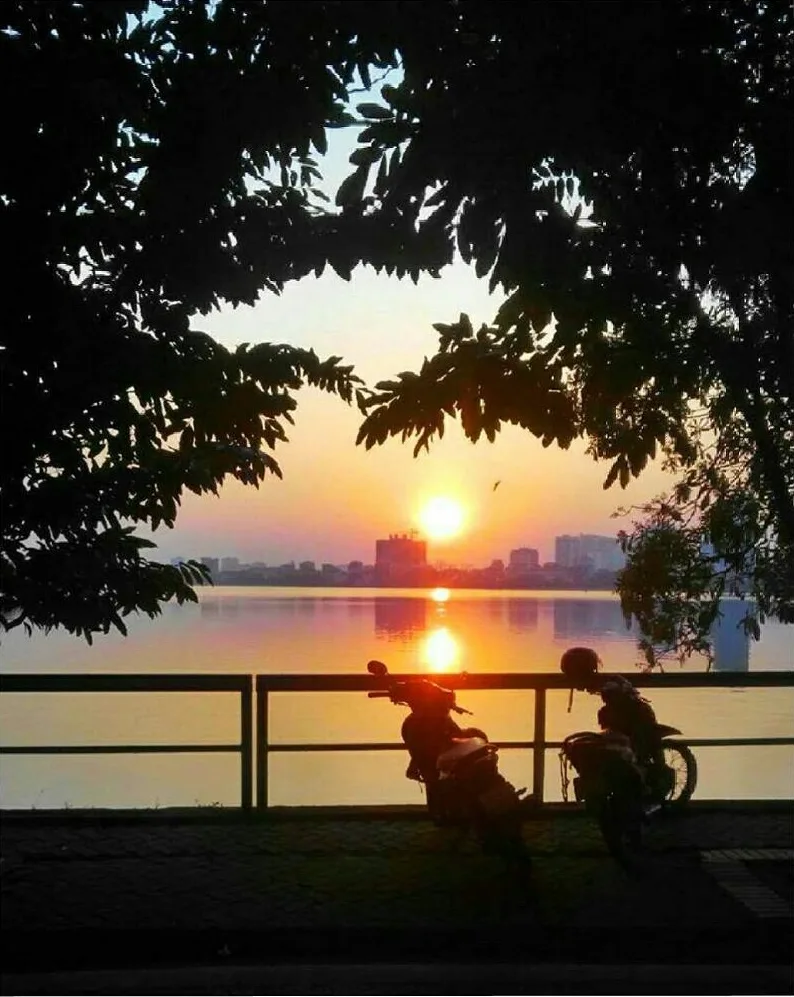
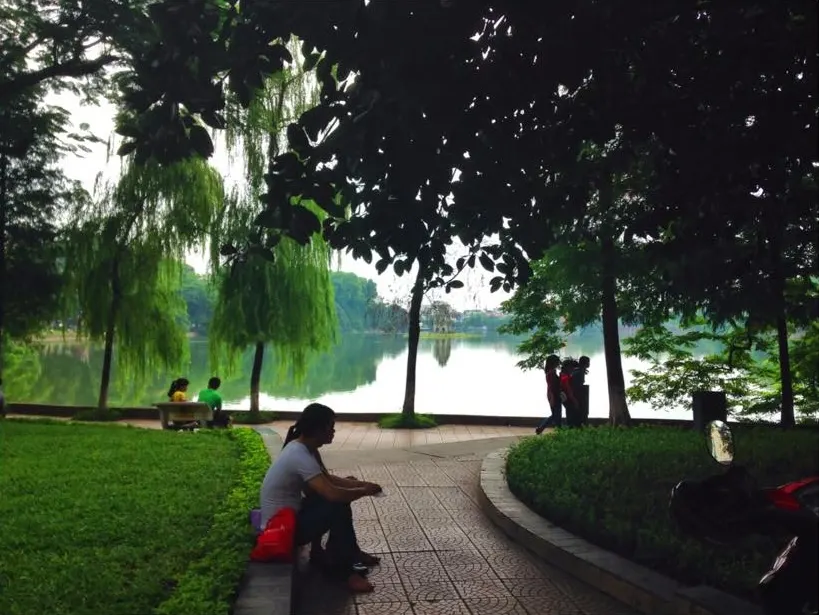
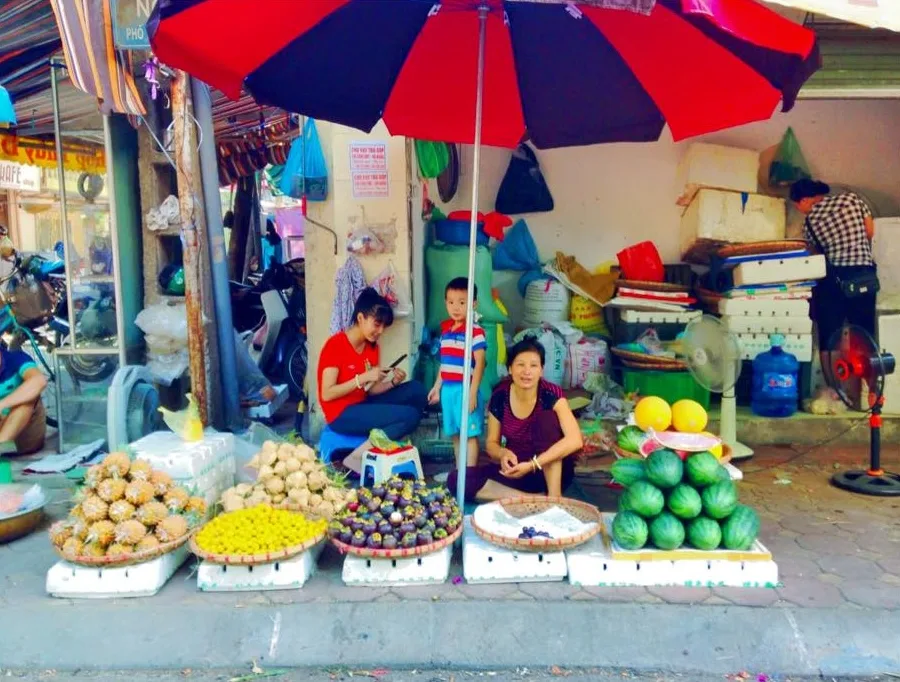
Planning three days in Hanoi? We’ve got you covered!
Ho Chi Minh City
- Head up Landmark 81 for skyscraping views
- Learn something at the War Remnants Museum
- Hop around the incredible restaurant scene (a true one for foodies)
- Spend the day at the rooftop pools and bars
- Discover District 1 for street food, shopping, and bars + check out Chinatown & Little Japan

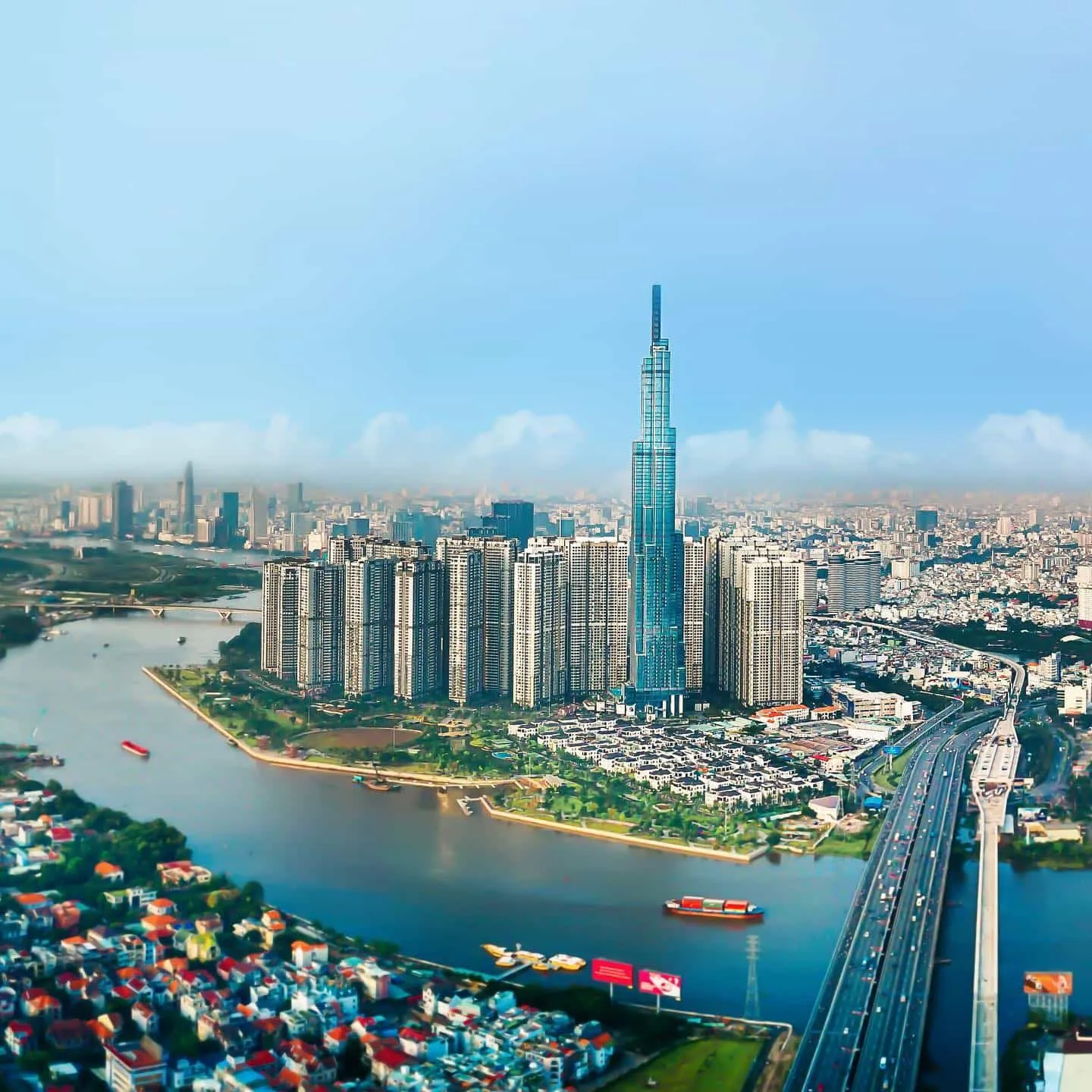
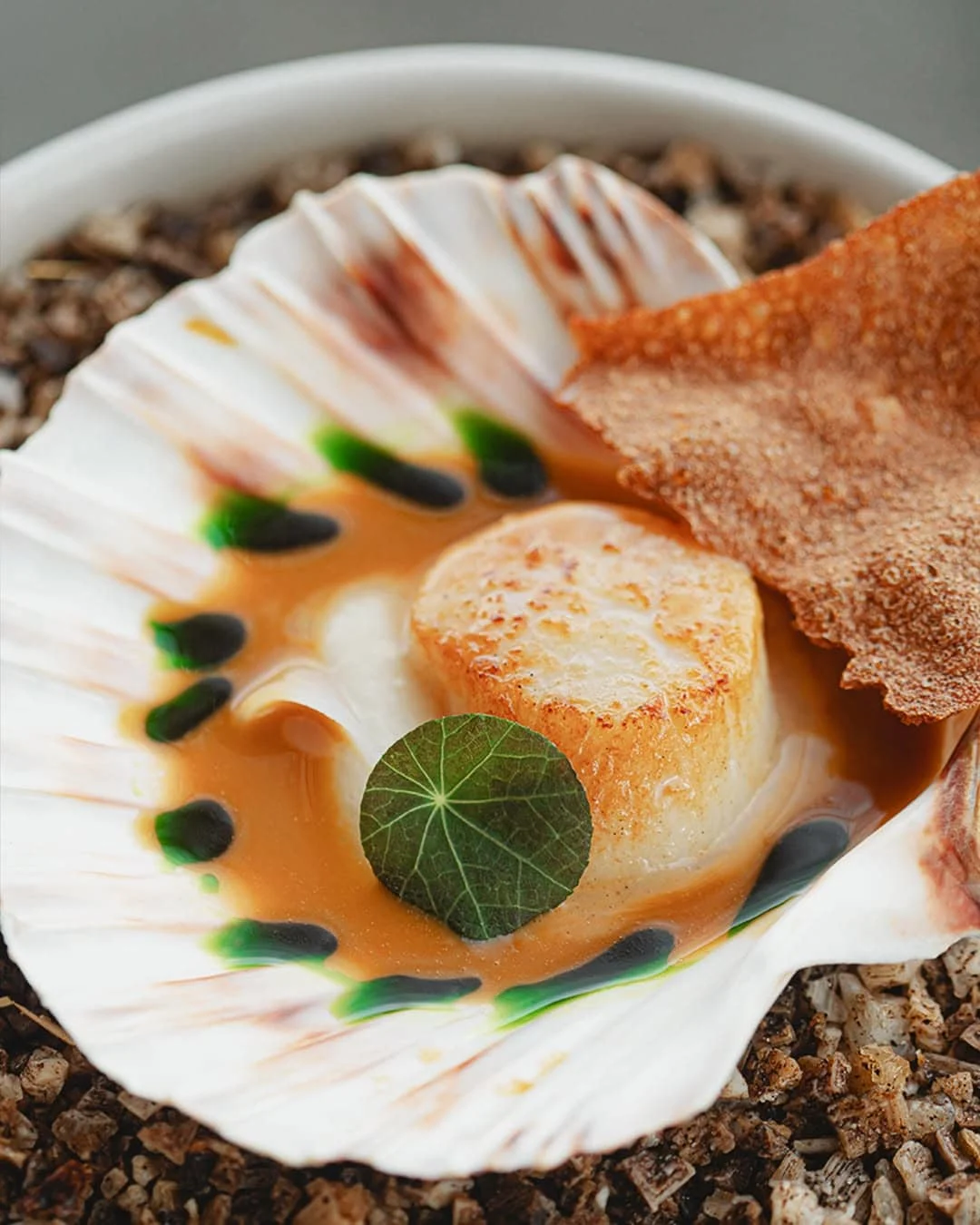
Here’s how to spend the ultimate 3-days in Ho Chi Minh City!
7. Popular Day Trips
Hanoi
- Ha Long Bay = 2h37mins from Hanoi
- Mai Châu = 3h32mins from Hanoi
- Ninh Bình = 1h37mins from Hanoi
Ho Chi Minh City
- Cu Chi Tunnels = 1h12mins from HCMC
- Mekong Delta = 3h30mins from HCMC
- Vung Tau (the closest beach to HCMC) = 2h24mins from HCMC

Share This Article

Traveling soon? Subscribe to The Insight below and get exclusive access to our personalized travel advice community via WhatsApp so you can ask all your burning travel questions.
Looking for the best comprehensive travel insurance? SafetyWing has you covered.
And for your eSIM in every country, there is only one option we recommend: Airalo.
Read more of our best insights from around the world
